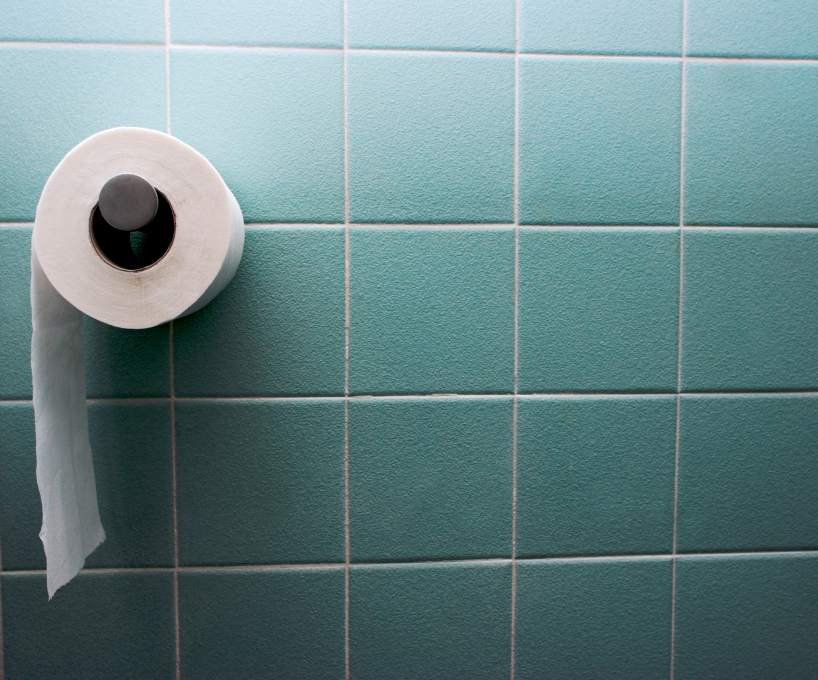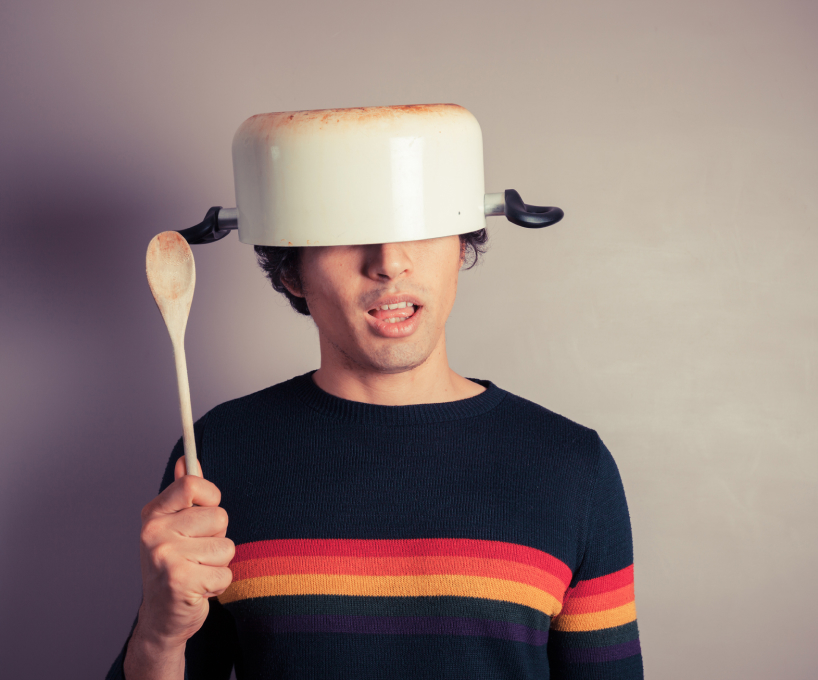
Keep Your Head in the Game: Why Mindset is Poker’s Real Winning Hand
When it comes to poker, is it mind over matter and does mindset matter? (Now say that three times.)
...How To Play Poker

With only four other card combinations ahead of a flush in the rankings, this is very much a hand worth investing some of your stack in. Only a full house, four of a kind, straight flush and royal flush can beat it, and realistically, you’re only likely to run into one of those regularly. Four of a kind is rare, and a straight flush and a royal are virtually never seen. Don’t discount them as a possibility, but you probably won’t see more than a handful of them during your time at the poker tables. Playing a flush can be somewhat tricky, but if approached carefully, you should be able to walk away with a favorable result most of the time.
Here are five quick tips for playing a flush.
Depending on what other players are doing, you may need to adjust your strategy on the fly. Don't get overcommitted to one; you may need to swap between slow playing and outright aggression at a moment’s notice. Just because you have a good hand doesn't mean you’ll win a big pot; a lot of the time, it comes down to how you play the cards, considering pot odds and implied odds.
A flush beats a straight, but a flush is only good if you can hit it. Most of the time, suited cards are deceptively bad; a common mistake is to stay in the game in the vain hope of making a flush, when you should fold. Flush draws on the flop are not as frequent as you might think in a 52 card deck, and if you don’t hit the flush, you’re left with two useless suited hole cards. Don’t fall into a habit of chasing a flush just because you have two suited hole cards, otherwise you may find your stack decreasing at an alarming pace. Pick your spots carefully, wait for cards that have a high statistical chance of making a flush, and allocate a portion of your stack that you’re willing to risk chasing considering the high card.
If you find yourself left with two useless suited hole cards after missing your flush draw, only two options remain: bluff or fold. Folding is straightforward enough, but if you decide to bluff, determine how much you are willing to risk on the ruse, considering the nut flush draws. Think very carefully about what your opponents could have based on the community cards dealt on the board. Consider their demeanor, how they’ve bet previously, and any other tells that might present themselves. Stick to your limit, and avoid investing too much of your stack on bluffing, keeping an eye on the highest card.
There’s nothing more demoralizing than heading to the river with a flush, only to find out your opponent has a slightly higher one. So, if you make a low flush, and it relies on four or more community cards on the board, be alert for signs that somebody else has a higher flush. Look at the other players’ demeanor, how they’ve bet previously, and any other tells that might present themselves; it may just save your chips, and your sanity.
Even when you’re holding the nut flush, when the board pairs, you no longer have the best hand possible, so you’ll need to have your wits about you. But don’t worry, it’s not all doom and gloom. There are a few possible outcomes when you’re in this sticky situation. Firstly, if your opponent has hit three of a kind, you could be in line to scoop up a big pot. But don’t pop the Champers just yet; if someone already had two pair or three of a kind, you could be left drawing dead. See how quickly things can turn around?! While the likelihood of this occurring is relatively low, the general rule of thumb is that the shorter your stacks the more likely you are to lose all of your chips from a cold deck situation. A cold deck is where multiple players are dealt exceptionally strong hands simultaneously. It's a rare occurrence but can dramatically impact the dynamics of a hand or even an entire game.
If you have ample chips and the board pairs, it might be wise to adapt your strategy to minimize the risk of losing all your chips in the event of running your flush into a full house.
What is a flush in poker?
A flush in poker is a hand that consists of five cards of the same suit. These cards do not need to be in sequence but must share the same suit, and a flush is ranked below a full house and above a straight in the standard hand rankings.
What beats a flush in poker?
In poker, a flush is beaten by a full house, four of a kind, a straight flush, and the highest-ranking hand, a royal flush.
Does a flush beat a straight in poker?
Yes, a flush beats a straight in poker. In the hand rankings, a flush ranks higher than a straight.
Does a straight beat a flush in poker?
No, a straight does not beat a flush in poker. A flush is a higher-ranking hand than a straight.
Does a flush beat a full house in poker?
No, a flush does not beat a full house in poker. A full house is ranked higher than a flush in the standard hand rankings.
Does a full house beat a flush in poker?
Yes, a full house beats a flush in poker. A full house is ranked higher than a flush in the hierarchy of hand rankings.
How does a flush work in poker?
A flush in poker is formed when a player holds five cards of the same suit, regardless of their numerical sequence. The strength of a flush is determined by the highest-ranking card among the five.
How many flushes are there in poker?
There are several possible flushes in poker, one for each suit (hearts, diamonds, clubs, and spades). Therefore, there are four different types of flushes.
What is a nut flush in poker?
The nut flush in poker refers to the highest possible flush that can be made with the community cards on the board. It is the best possible flush available in a given hand, and having the nut flush means having the highest possible cards of the same suit. It's a term often used in considering the strength of a hand in relation to potential opponents' flushes.

When it comes to poker, is it mind over matter and does mindset matter? (Now say that three times.)
...How To Play Poker

Avoid these common poker mistakes and your bankroll (and ego) will thank you for it.
...How To Play Poker

Wanna know how to play loose and aggressive? Here’s your ticket to ride.
...How To Play Poker